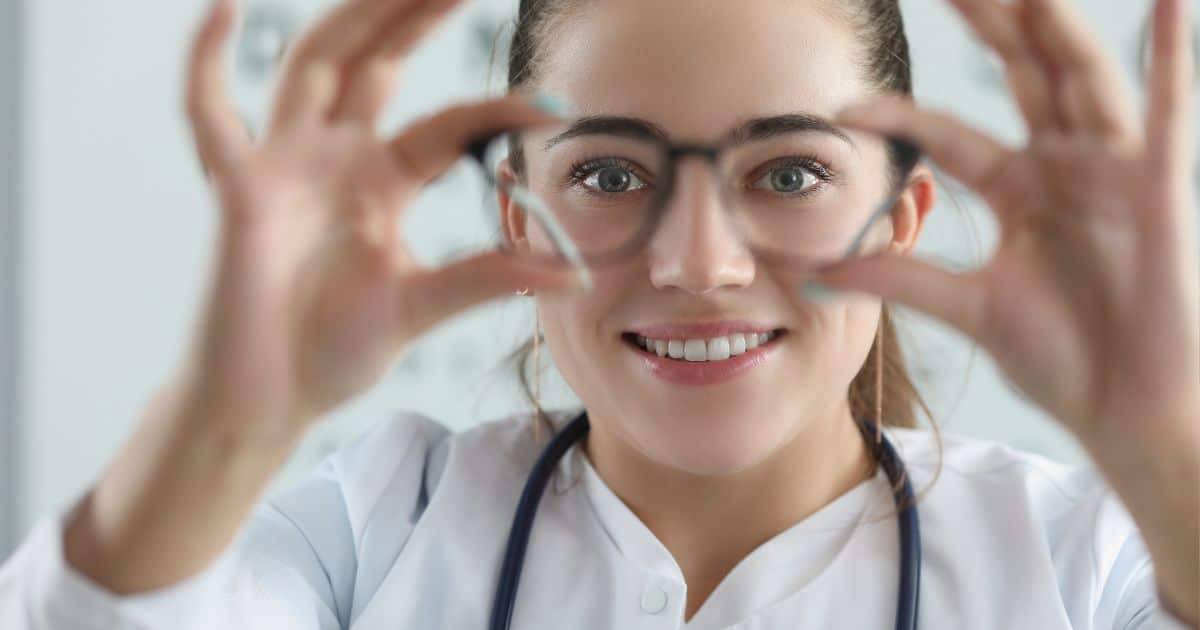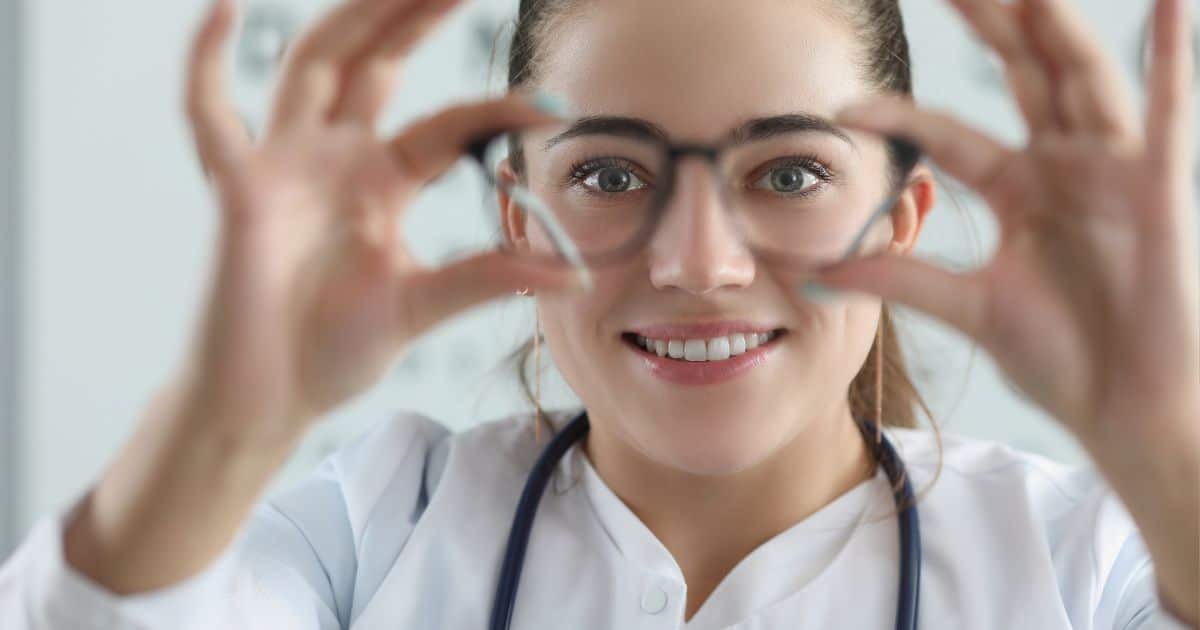7 Intriguing revelations about the human eye


We all know that the human eye is one of the most important and complex organs in the human body. It introduces the world to us in a way that no other sense does. From waking up in the morning to sleeping at night, it gathers information from our surroundings to educate our brains.
Eyes give us vision, and vision gives us memories, inspirations, and ideas to achieve whatever we aim for. All the wonders and millions of colours we see and live life to the fullest are because of our eyes.
Sadly, we underestimate this sense because we aren’t aware of the benefits associated with it. Keeping that in mind, we have mentioned some of the most interesting facts that will make you ponder.
However, to protect them, we have certain measures to look into. For example, when it comes to UV rays and similar dangerous lights, we can take care of them by wearing sunglasses. Naturally, some of them are really sturdy and funky, and others are not. To check for chic and classy ones, you can opt for Tom Ford glasses.
The most intriguing revelations of human eyes
Revelation #1: Influence of eye colour on vision
It has been proposed that eyes with green or blue eyeballs are more sensitive to light as compared to brown eyes, and brown eyes are more sensitive to cataracts. Some old studies also suggest that people with brown eyes have more ability to counter actions performed around them, and people with brown eyes are better in sports, while green or blue-eyed people are good at making strategies. But the latest studies say that:
- There is almost no difference in the abilities of people with different eye colours.
- People with any eye colour can use tinted glasses to protect their eyes from the sun.
- The most common eye colour worldwide is brown.
Revelation #2: Everyone has a blind spot
We think that we can see everything around us, but there’s an interesting catch: we all have a blind spot in our vision, but we barely notice it. Researchers have two possible reasons why we ignore our blind spot.
- Our brain fills the blind spot automatically by observing the environmental cues around us.
- Both our eyes can see the blind spot of each other, but we can’t observe it due to their overlapping vision.
- The blind spot is normal and does not cause any problems.
However, there is a question in many minds, “Do Transitions® Glasses help with blind spots?” Well, the answer to it is dependent on the ratio of black or blind spots you have. To get more details, you must visit an optician.
Revelation #3: The actual vision of our eyes is upside down
Everything we see through our eyes is a reflection of light hitting the objects in our surroundings. The actual image our cornea delivers to Ratina is upside down due to the curved shape of the cornea. But when our brain receives the image, it turns it back in the right direction so we can see the world in the correct way.
- It shows the power of our brain and how it adapts to the changes going on around us.
- Scientists have trained our brains to see the world correctly using glasses in experiments.
Revelation #4: Our eyes have many protective layers around them
Eyeballs are extremely sensitive organs, and our facial structure evolved over a million years to protect them. The socket around our eyeball protects half of it with bone. Eyebrows above our eyes are there to catch the sweat from our forehead and divert it in another direction. Eyelashes create a protective layer from dust particles and have the sensitivity to make our eyelids close for protection of the eyes.
- Humans shed almost 98 feet of eyelashes in their lifespans.
- Protection of eyeballs has not yet evolved for modern hazards like industrial particles and artificial lights.
- The life span of eyelashes is 5 months.
Revelation #5: Our eyes will need glasses as we get older
Presbyopia is the condition in which our eyes have difficulty focusing on close objects because our lenses harden with age. For most people, presbyopia hits them at the age of 40, but it sharpens as we reach the age of 50.
- Most people will need glasses by the age of 40 or 50.
- Presbyopia is a normal part of aging, and we can’t prevent it.
- Reading glasses are the most common way to correct presbyopia.
Revelation #6: Human eyes blink from 20,000 to 30,000 times per day
Scientists have estimated that the human eye blinks around 20,000-30,000 per day, and each blink time is 2/10 of a second, but collectively, it takes about 1.5 hours per day. Blinking is healthy for our eyes as it removes dirt particles and moisturises the eyes with moist tears. Every blink brings nutrients to the eye surface for better functionality.
- Studies also suggest that each blink is a mini reset for our neurological functions.
- Blinking is one of the fastest movements the human eye can make.
- Newborns blink half as often as adults because their brains are still developing and not processing the same information as adult brains.
Revelation #7: The human eye has a detection power of 10 million colours:
All the colours we see in the light spectrum are a combination of red, green, and blue. Several theories and studies say that we can differentiate between 10 million colours. The myth about colour is that it’s a property of light, but in actuality, it has a lot to do with our brains. Our brain decides on colours based on different factors like surroundings, lighting, and background colours.
- The human eye is extremely sensitive, with green colour followed by red and then blue.
- Most mammals, like chimpanzees, can only see shades of blue and yellow.
- Our enjoyment of nature and art depends on our ability to see colours.
The Last Words
After understanding the complexity and sensitivity of our eyes, we realise how lucky we are to have them. Vision is the most crucial part of revolution for the human race.
Considering how fragile our eyes are, we need to protect them from dust particles, heat, and harmful lights by using high-quality glasses so we can enjoy our vision without the risk of losing it.
Further reading: How to boost your mood with the power of sound.
















Leave a comment